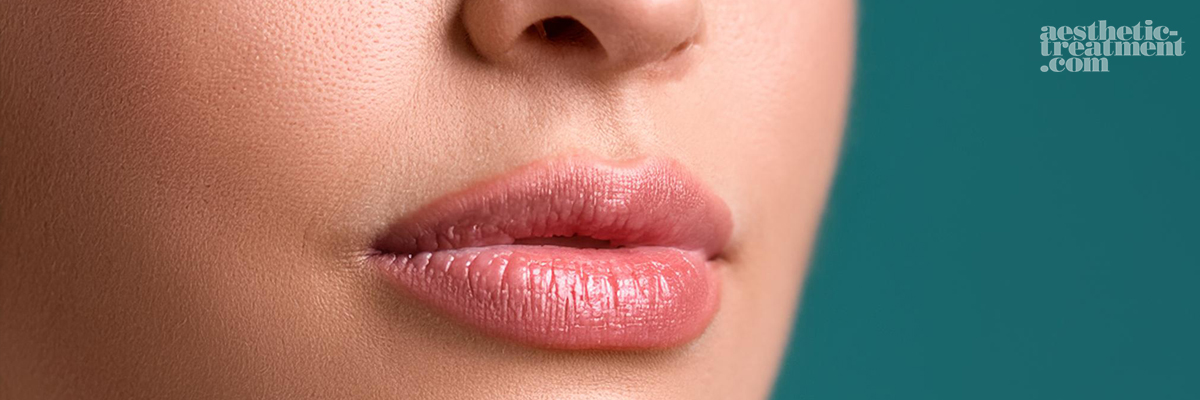Procedure
1. Consultation The process begins with a consultation with a qualified practitioner to discuss goals, expectations, and any medical conditions or allergies.
2. Preparation On the day of the procedure, the lips and surrounding area are cleaned, and a topical anesthetic may be applied to minimize discomfort. Some HA fillers also contain lidocaine, a local anesthetic, to enhance comfort during injection.
3. Injection The practitioner uses a fine needle or cannula to inject the filler into specific areas of the lips. The technique and placement depend on the desired outcome, such as increasing volume, defining the lip border, or correcting asymmetry.
4. Shaping After the filler is injected, the practitioner may massage the lips gently to ensure even distribution and to achieve a natural-looking shape.

